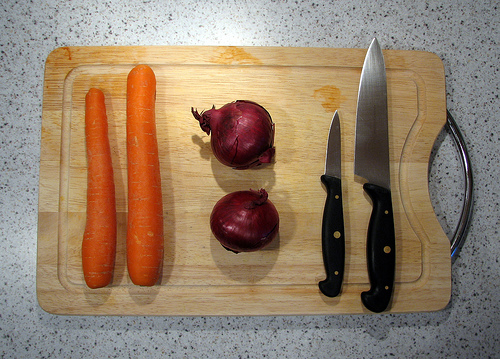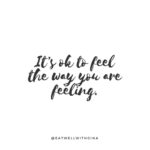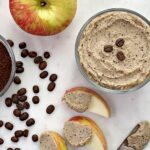Valerie Bittner, model/actress/voice over artist, contacted me after reading my last blog post on the best way to wash produce. She wanted to ensure she was doing everything possible to protect herself from food-borne illness. So I did some research to answer her question of how to best sanitize different cutting boards.
Whether you use a plastic or wooden cutting board or have a butcher block, all cutting boards should be cleaned and sanitized frequently. Here are some safety tips to keep in mind:
 DISINFECTING:
DISINFECTING:
To disinfect and clean your cutting board or butcher block, wipe the surface with full-strength white vinegar after each use. The acetic acid in the vinegar is a good disinfectant, effective at killing microbes such as E. coli, Salmonella, and Staphylococcus. Vinegar is non-toxic and especially good for people with chemical allergies. Keep a spray bottle of undiluted vinegar handy for easy cleaning and sanitizing.
For extra protection, 3% hydrogen peroxide can be used as a bacteria-killer. To kill the germs on your cutting board, clean with vinegar, then use a paper towel to wipe it with hydrogen peroxide.
PREVENTING cross-contamination:
To prevent cross contamination of food, use separate cutting boards for raw meats and produce or clean/sanitize cutting boards when switching between types of food products. Plastic or glass surfaces are best to use. If you wish to use a wooden cutting board, I would have a separate wooden cutting board to be “exclusively” used with raw meat and poultry. This will prevent bacteria from meat or poultry from contaminating other foods.
Color-coded plastic cutting boards or mats are another useful way to prevent cross-contamination (e.g., red for meat, green for produce, yellow for poultry). Plastic cutting boards can also be put in the dishwasher.
ELIMINATING flavors and odors:
Salt and/or baking soda – Rub the board with coarse salt or baking soda. A simple paste can be made from 1 tablespoon each of baking soda, salt, and water. Let stand a few minutes then wipe and rinse with hot water.
Lemon – To get rid of odors and help sanitize the cutting board, rub fresh lemon juice or a cut lemon over the surface of the cutting board to neutralize onion and garlic odors.
Vinegar – Keep a spray bottle of undiluted vinegar handy for easy cleaning and sanitizing.
With any of these methods you may need to re-season after rinsing your cutting board/butcher block.
RE-SEASONING your butcher block:
Wooden boards need oiling or re-seasoning anywhere from once a week to once a month. Oiling helps to:
- Seal the grain to protect against bacteria and/or mold
- Seal the pores of the wood to block the penetration of moisture
- Prevent staining and absorption of food odors
- Prevent the wood from cracking or pulling apart at the seams
Before applying oil to butcher block, warm the oil slightly. Apply oil with a soft cloth, in the direction of the grain. Allow the oil to soak in for a few minutes, then rub surface with a dry, clean cloth.
Coconut Oil can be used to re-season your butcher block and also season your Cast-Iron Pots & Pans. Coconut oil is one of the most stable oils and is highly resistant to rancidity. It’s high proportion of saturated fats makes it stable. Coconut oil has a long shelf life of two or more years, and does not have to be refrigerated.
OTHER USEFUL TIPS:
Some people recommend using bleach to clean a butcher block; however, bleach is neutralized by the organic compounds in wood, so it is not an effective disinfectant for wood (even at full strength). Bleach is great for removing tough stains, but that’s about it.
Avoid submerging cutting boards in a sink of water. Wood is porous and will soak up the water causing the cutting board to crack when it dries.
Never use water and dishwashing detergent because it can weaken surface wood fibers.
Never use any vegetable or cooking oils to treat or finish a cutting surface. In time the wood will reek of a rancid spoiled oil odor.
All cutting boards, and other food surfaces, should be kept dry when not in use. Bacteria cannot survive for more than a few hours without moisture. Keep moisture of any type from standing on the block for long periods of time. Beware of moisture collecting beneath the board if you leave it on the counter. To help avoid this try propping one end up when not using your board.



